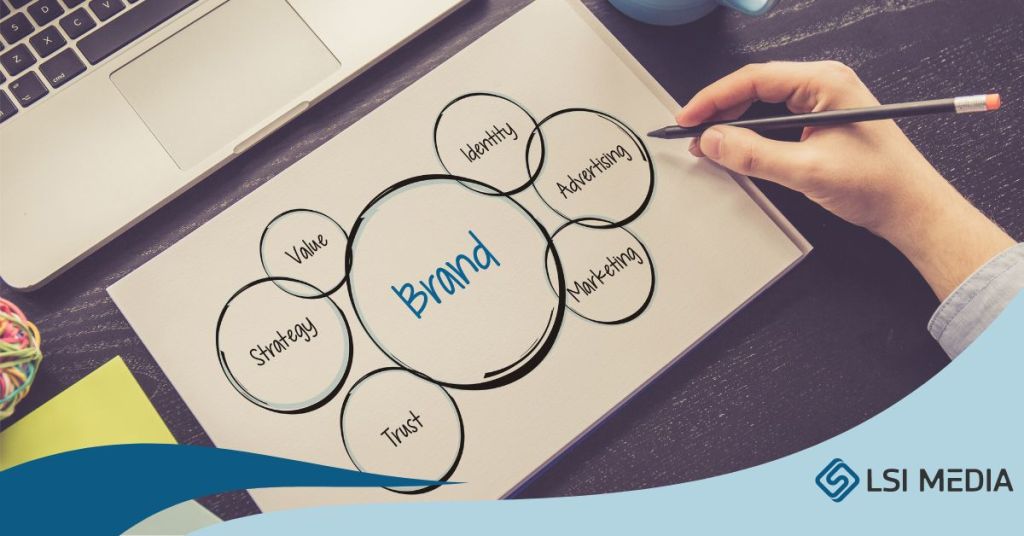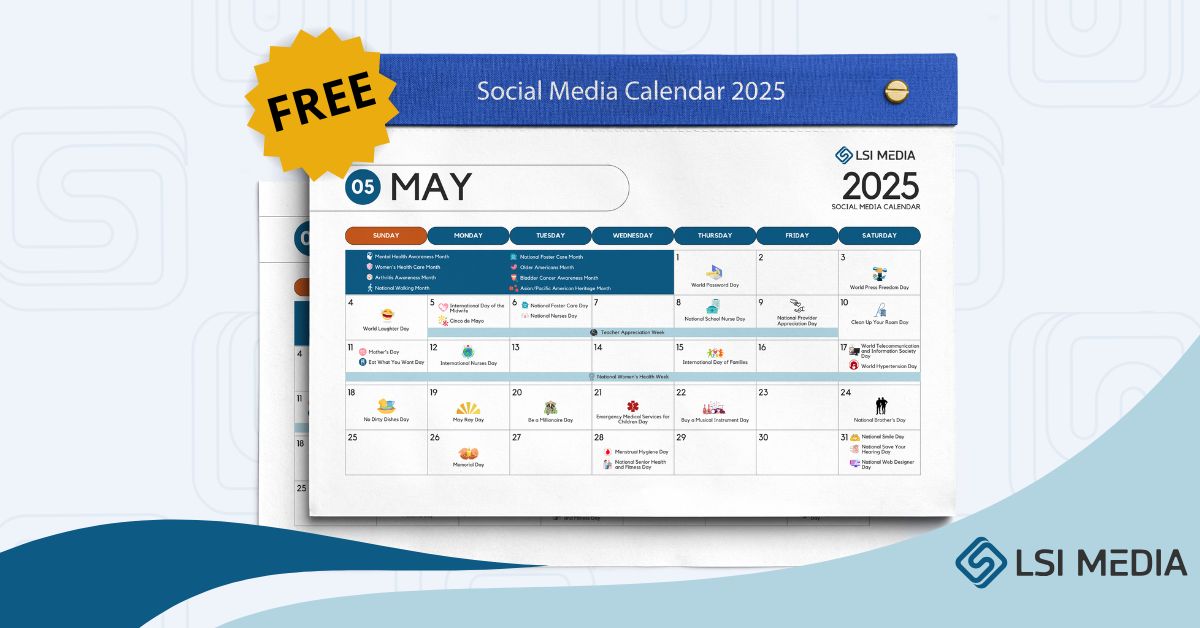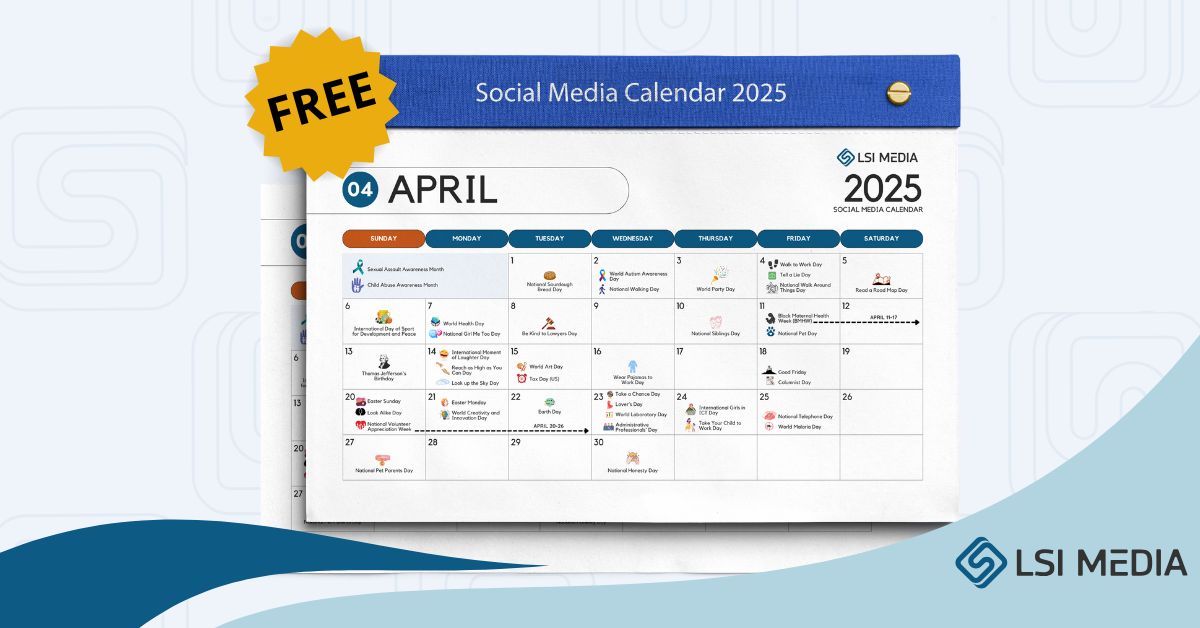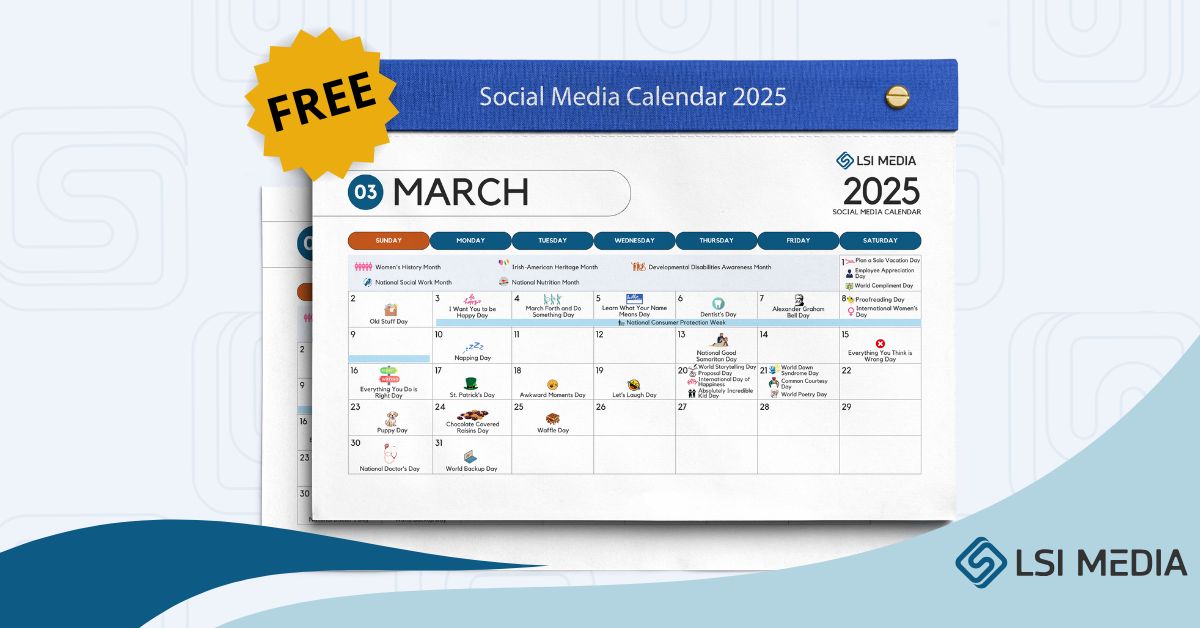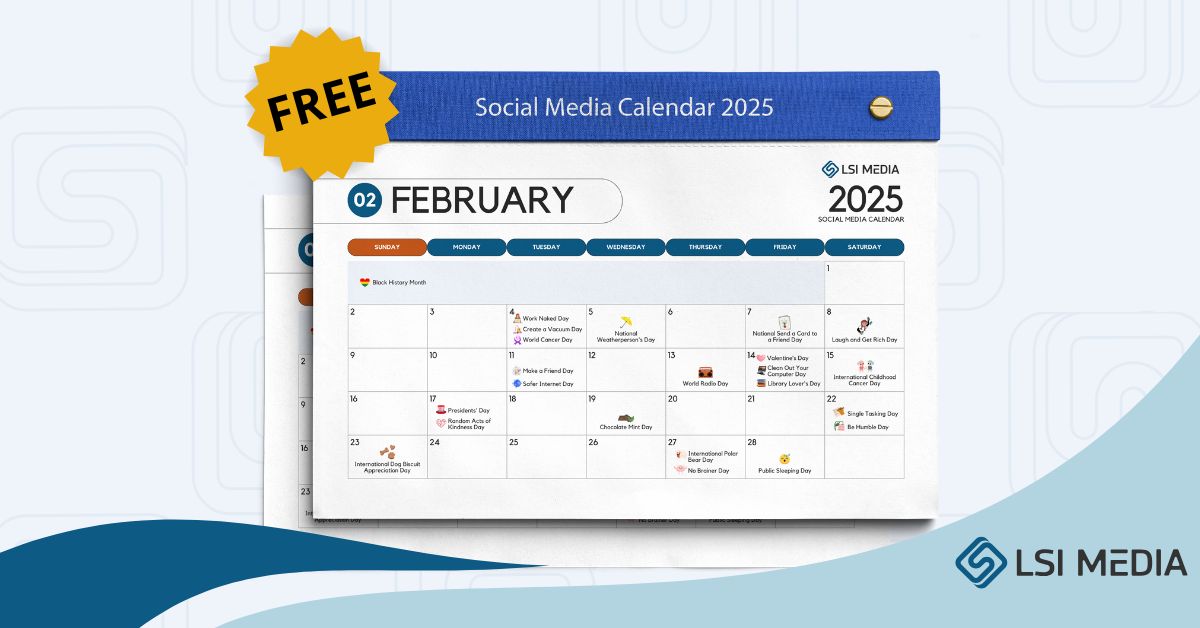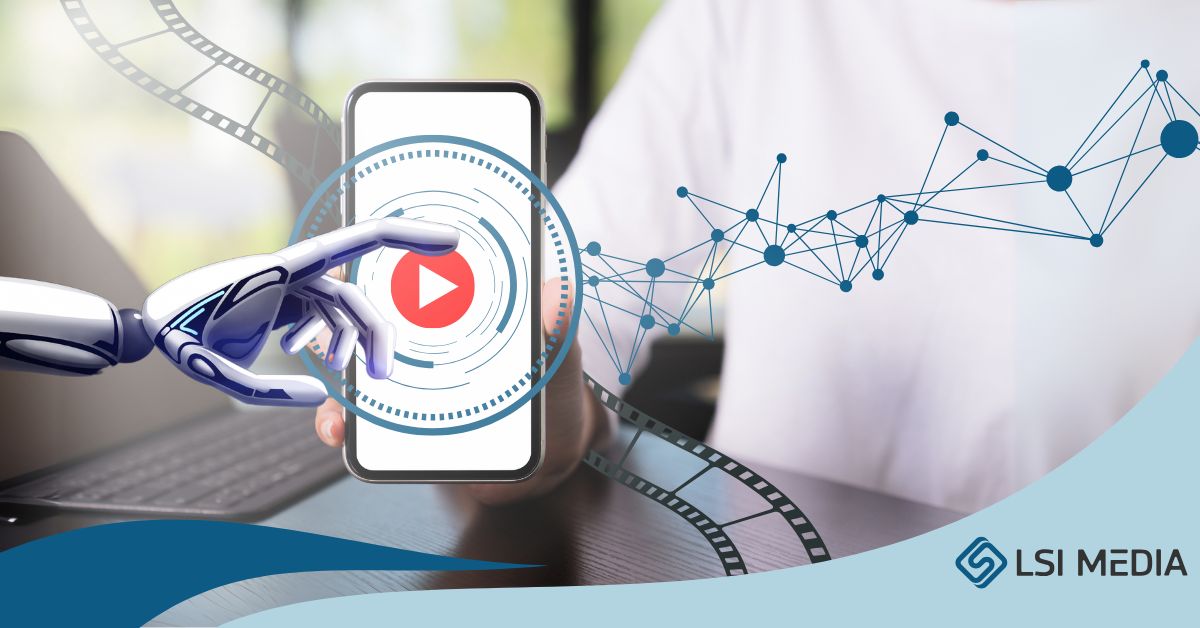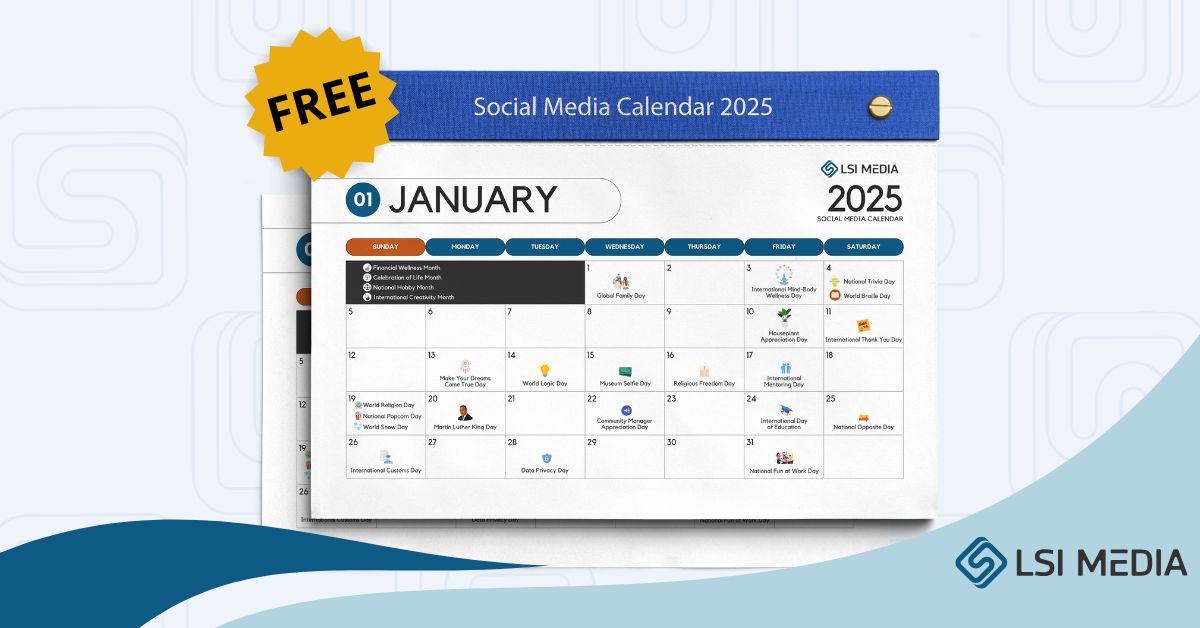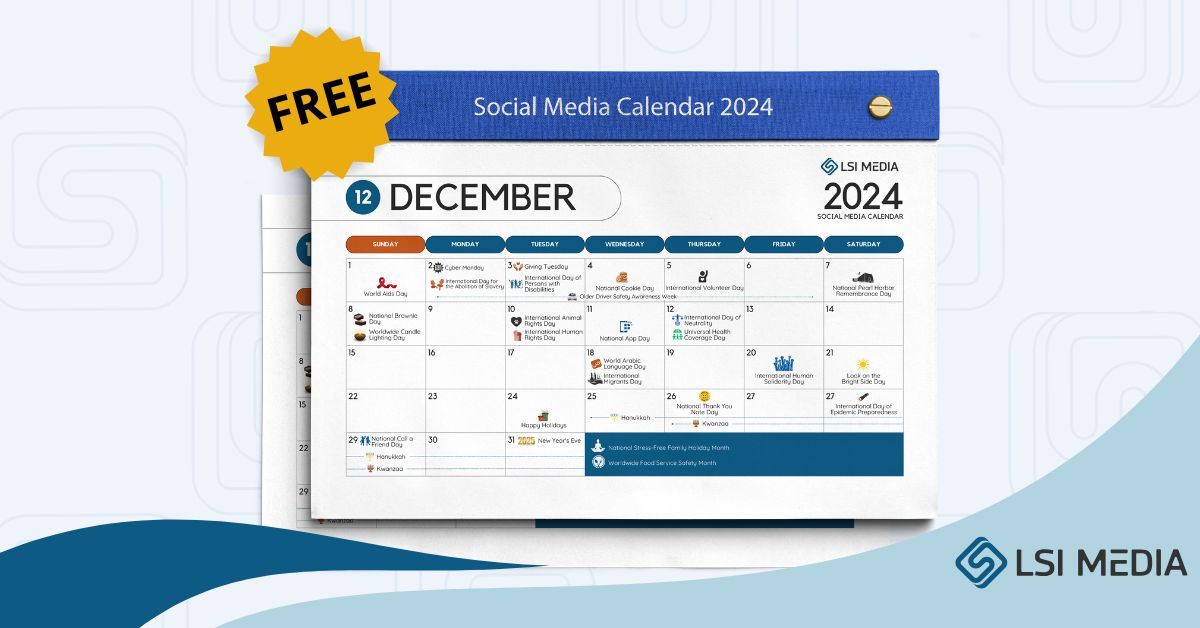[ez-toc]
Brandwatch’s Chief Marketing Officer Will McInnes encourages readers to look upon visualizations and social data as a business’s “Social Command Center.” Given our work to help companies extend their conversations with clients throughout the social media ecosystem, the resulting management complexity at times can be enormous. Read on to hear Will’s take on the growing importance of visuals in modern life and business. ~ LSi Media
The dominance of visuals in modern life
We’re stuck in a world of seemingly endless information overload – cat photos, work emails, personal health data from wearables, Tweets, the list is infinite. Every day Americans consume an average of over 100,000 words and 34 gigabytes of content, according to the most recent study on “Measuring Consumer Information” from the University of California. Regardless of the source, that’s a lot of data.
Luckily, humans are visually wired. Visuals help us make sense of the data by showing patterns and connections that matter. It’s the ideal way to consume large amounts of information. Visuals play a massive role in our personal and professional lives, and visualization is the leading solution for efficiently sharing and understanding social information-whether it is live or historical.
The power of visual data in business
Infographics, charts, maps, and dynamic visualizations are the most direct way to communicate stats and numbers to a brand or agency about their audience and business. Social data is becoming a vital part of everyday work for community managers, marketing professionals, customer service employees, and others throughout the enterprise.
Enter social media command centers.
Whatever you want to call them – social media command centers, war rooms, control centers – they are the hub for brands’ online engagement activities, customer service centers, and crisis and security management. Probably the most powerful way a social command center influences businesses is by enabling decision-making and behavioral changes that can have incredibly positive effects.
They show live social data such as sentiment, complaints, images, and trends like campaign success, emerging topics, and consumer journeys. The power of a social command center is its ability to bring the customer’s true, unadulterated, and real-time voice straight into the organization in a visual way that can quickly and powerfully allow staff to do something different.
All of this activity is driven by visuals. With the ability to see social data in real-time, it’s easier to consume timely and vital information. It’s a method that can make the difference between identifying and managing a PR issue when it emerges and being late to the conversation. Delayed or absent information can have drastic negative implications. Conversely, with real-time data, community managers can find emerging influencers and topics, create conversations and promote positive messaging.
Social data + visualizations = social command centers
Many global brands are embracing the power of visual data and implementing social command centers. The mainstream consumer and technology media isn’t discussing social command centers in-depth, although multinational companies are embedding them into their organizations as they focus on becoming socially driven enterprises. As more and more businesses understand the importance of real-time social data and embrace visualizations that allow employees to consume complex data, the more deeply social command centers will penetrate the market.
How exactly does a social command center benefit businesses?
The information flowing through a social command center can be leveraged to inform a brand’s social activities, but that’s just one use case. Social data visualizations can help inform more than a brand’s Twitter, Facebook, or blog posts and responses. From the marketing department to product development, almost every role across an organization benefits from seeing what’s being said online through the data visualizations in social command centers.
In what scenarios do the visual features of a social command center become more valuable than strictly analyzing raw data?
Campaign tracking is a highly cited use case for social command centers. Usually located smack dab in the middle of the marketing or social media team, a social command center provides a heads-up display for community managers, marketers, and PR professionals. But a different reason is emerging and driving businesses to decide to implement command centers: to spark the process of embedding social media throughout an enterprise. A social media-first strategy for any organization can include displaying social data in lobbies and company headquarters, executive and C-suite offices, marketing, and social media departments to show the brand’s digital mentions in real-time.
The power of social data in a command center is visualization. Seeing graphs, charts, Tweets, and competitive comparisons beautifully displayed helps us as human beings and businesspeople process information lightning quickly. Visuals can quickly convert social data points into insights that allow us to inform better and more strategic decision-making.
Smarter businesses know that social media is a powerful medium to learn from and communicate with their consumers. Organizations can disseminate valuable social data across every department through the power of visualizations in social media command centers.
Businesses should dive in headfirst when it comes to social data. Immerse the whole enterprise, every single employee. By directly tapping into consumer conversations on social about brands, competitors, products, and the general industry, you’re empowering your people to absorb and share important information. Visuals make it easy.
FAQs:
1. What is quality visualization?
Quality visualization refers to the use of various visual elements, such as charts, graphs, and diagrams, to represent data and information in a way that is easy to understand and interpret. It allows users to gain insights, identify patterns, and make informed decisions based on the visual representation of the data.
2. Why is quality visualization important?
Quality visualization is important because it enhances data comprehension and communication. It helps to simplify complex concepts and information, making it easier for users to grasp key insights and take action. Well-designed visualizations can also highlight trends, outliers, and relationships that might otherwise go unnoticed in raw data.
3. What are the benefits of embracing quality visualization in 2022?
Embracing quality visualization in 2022 can bring several benefits. It improves data-driven decision-making, enabling organizations to make more informed choices based on visual insights. It enhances information sharing, making it easier for teams to collaborate and understand complex data sets. It also improves data transparency, allowing stakeholders to see and understand the data behind the decisions made.
4. How can quality visualization help businesses?
Quality visualization can help businesses in various ways. It can assist in identifying market trends, customer preferences, and product performance, enabling businesses to make data-driven decisions for better outcomes. It can also improve communication with stakeholders, helping to present complex information in a simplified and visually appealing manner.
5. What are some common tools or software for quality visualization?
There are several popular tools and software available for quality visualization, including Tableau, Power BI, Google Data Studio, and D3.js. These tools offer a range of features and capabilities for creating interactive and dynamic visualizations that can be customized to suit specific needs.
6. What are the key elements of effective quality visualization?
Effective quality visualization typically includes the following key elements:
- Clear and concise presentation of data
- Appropriate use of color, size, and shape to convey information
- Consistent and intuitive labeling
- Proper scaling and axis representation
- Interactivity to enable exploration of data
Source: SocialMediaToday












